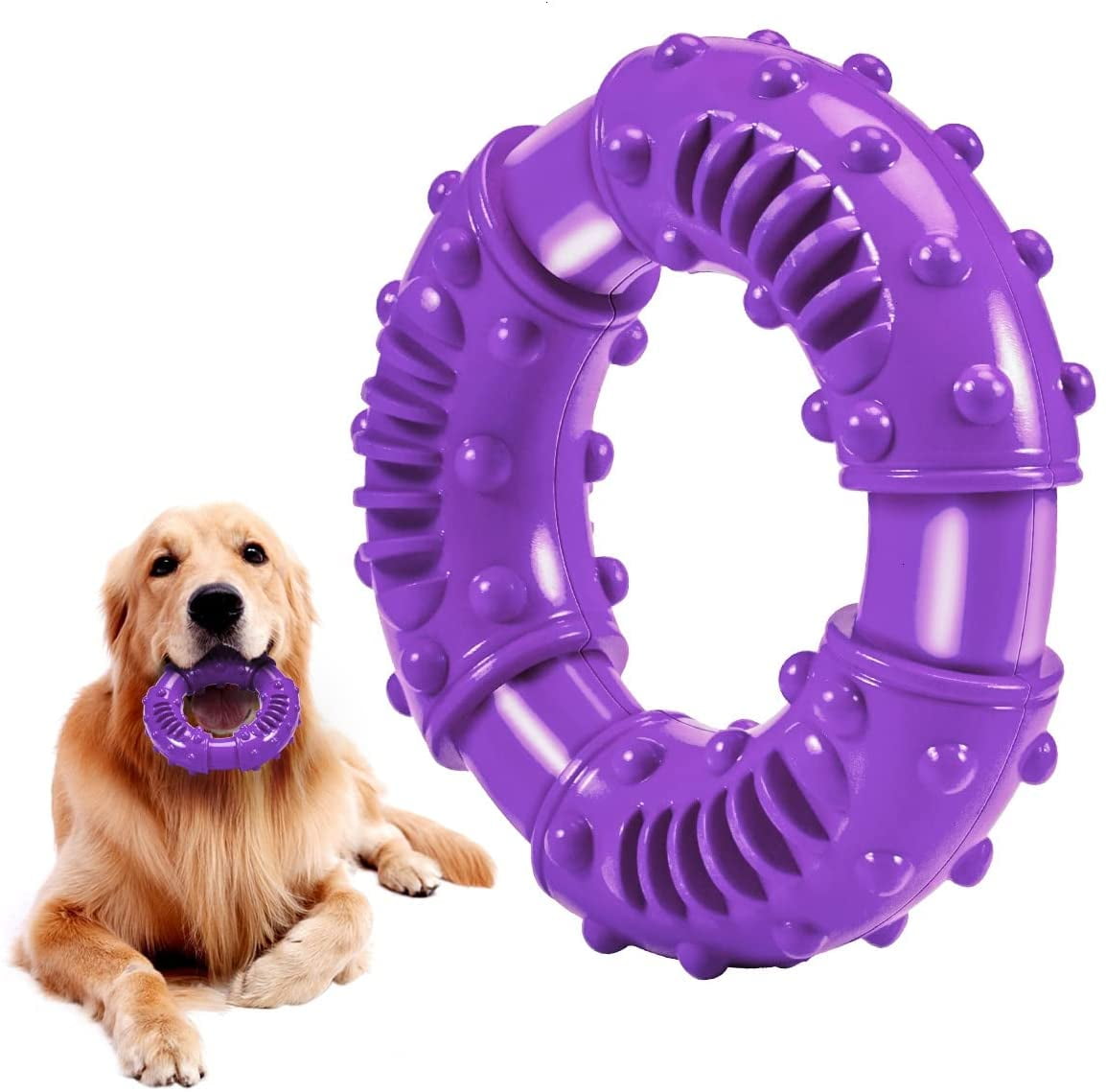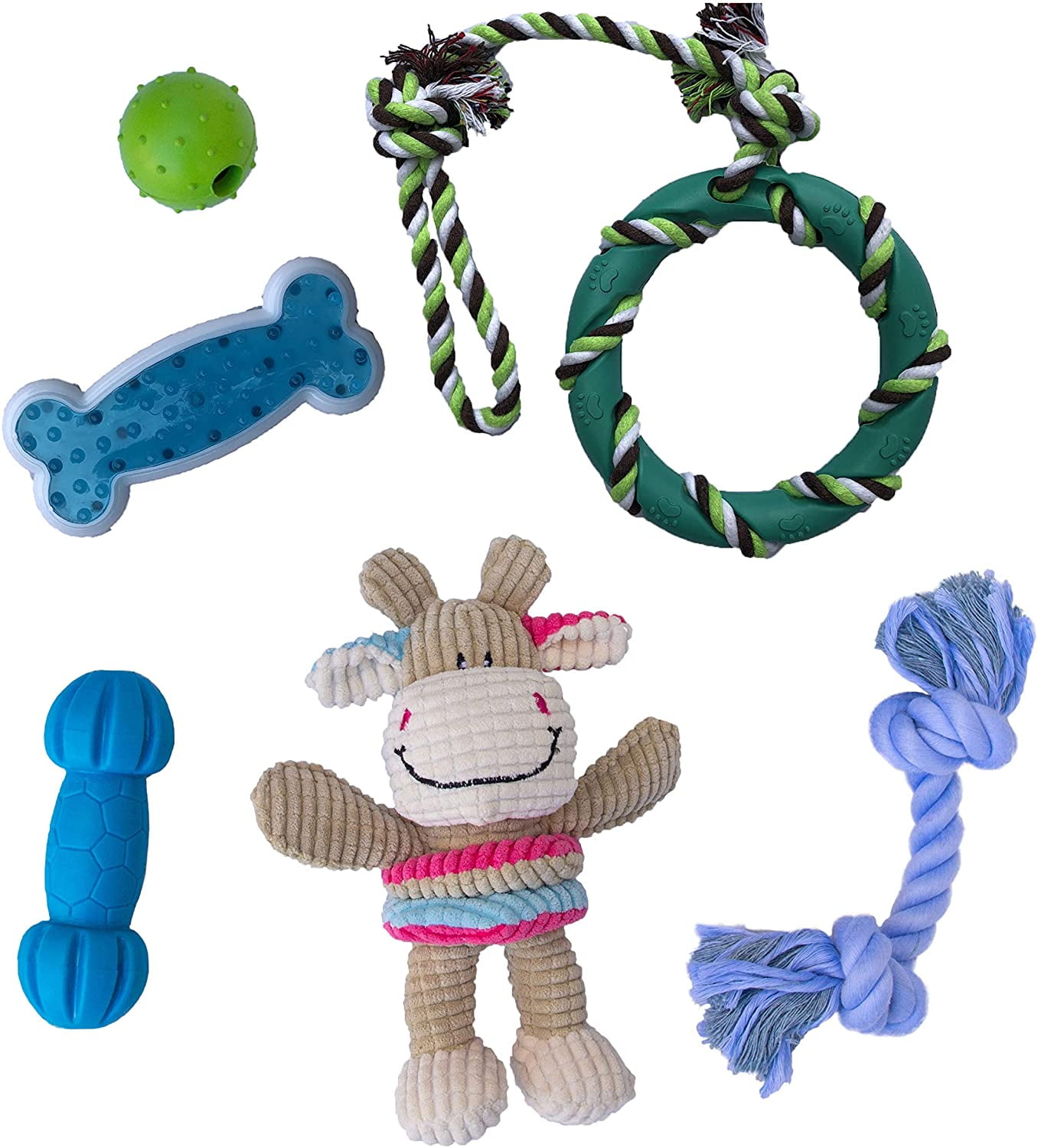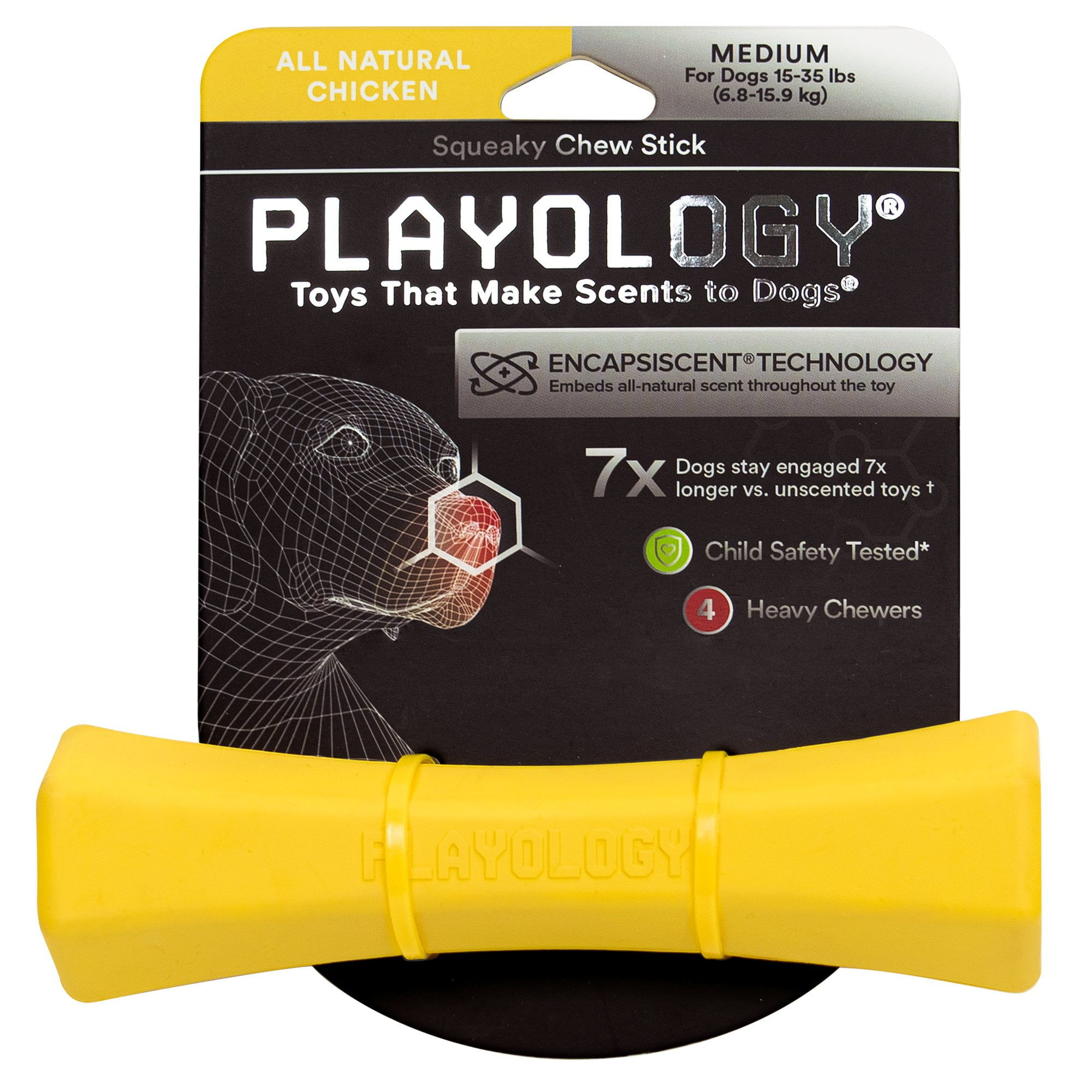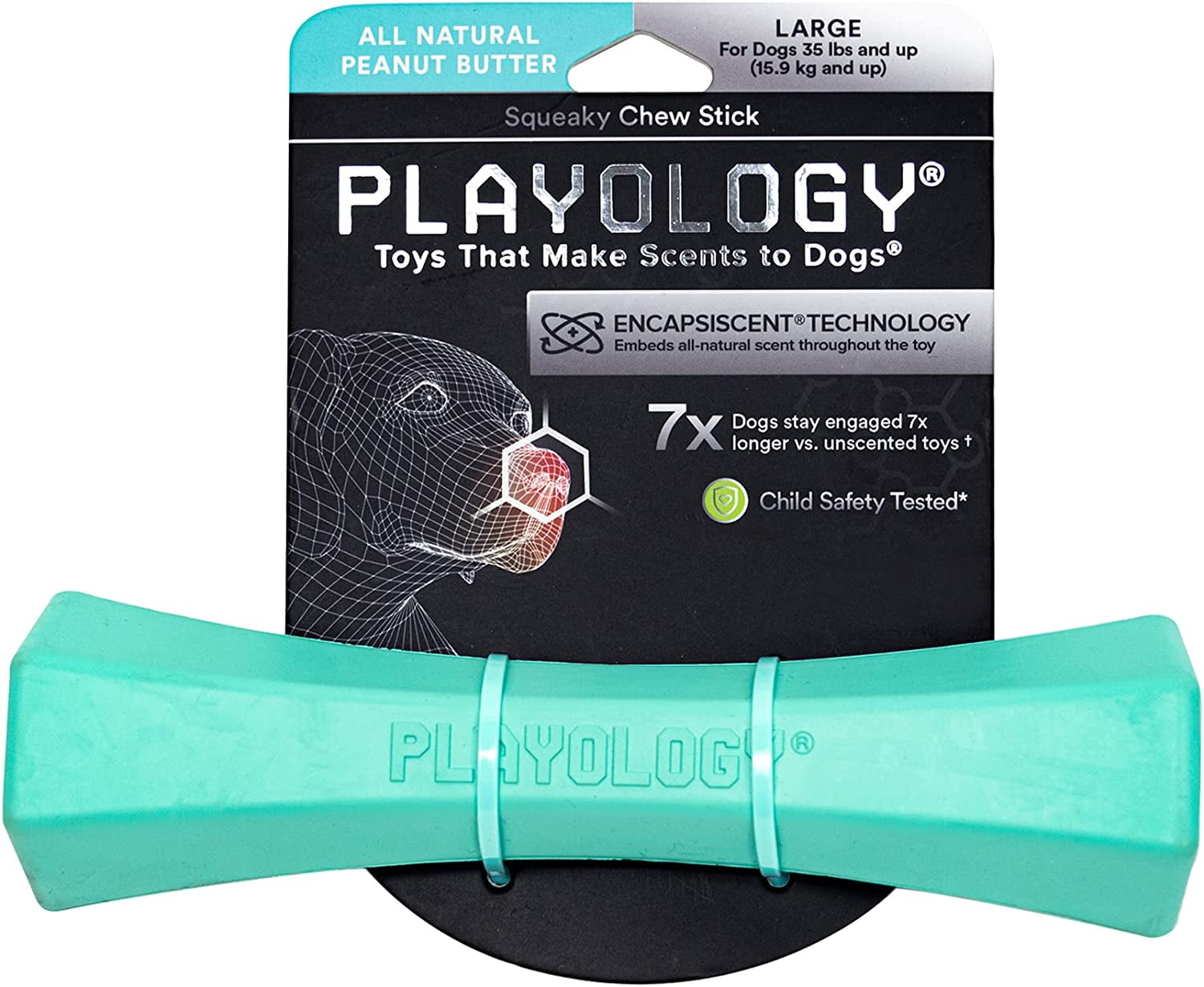Non Toxic Chew Toys For Dogs
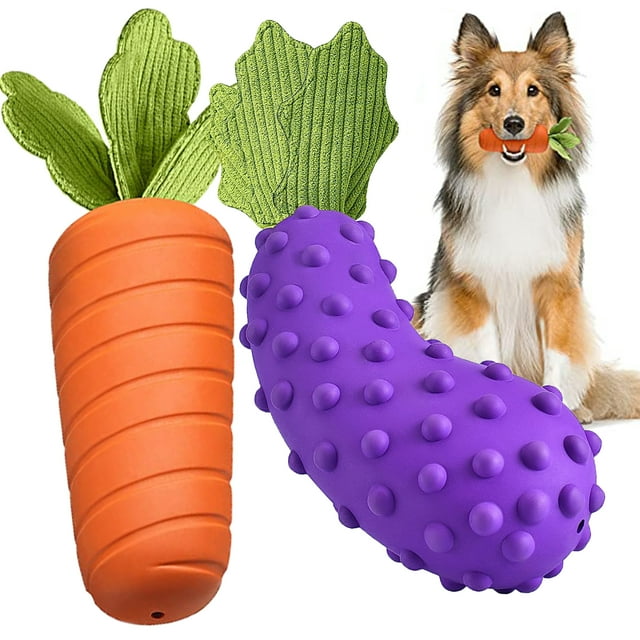
The joyful yaps, the playful nips, and the relentless chewing – these are the sounds of a happy dog. But beneath the surface of this canine bliss lies a growing concern for pet owners: the safety of their furry companions’ chew toys. The market is flooded with options, many of which contain potentially harmful chemicals and materials, raising serious questions about the health risks posed to our beloved pets.
This article delves into the critical issue of non-toxic chew toys for dogs, exploring the dangers of conventional toys, the characteristics of safe alternatives, and the steps consumers can take to ensure the well-being of their canine friends. We will examine the materials commonly found in dog toys that raise red flags, investigate the regulatory landscape surrounding pet product safety, and offer expert advice on identifying and selecting truly safe and beneficial chew options. The goal is to empower dog owners with the knowledge they need to make informed decisions and protect their pets from potential harm.
The Hidden Dangers in Your Dog's Toy Box
Many commercially available dog toys are manufactured using materials that can leach harmful chemicals, especially when chewed and ingested. These chemicals, including BPA, phthalates, and heavy metals like lead, can pose significant health risks to dogs, ranging from endocrine disruption to cancer.
Phthalates, often used to soften plastics, have been linked to liver and kidney damage in animals. BPA, a known endocrine disruptor, can interfere with hormonal balance and potentially lead to reproductive issues. Lead, even in small amounts, can cause neurological problems and developmental delays, particularly in puppies.
Beyond chemical concerns, the physical structure of some toys presents choking hazards. Small parts that can be easily torn off and swallowed can obstruct airways or cause intestinal blockages, requiring emergency veterinary intervention.
What Makes a Chew Toy Non-Toxic?
A truly non-toxic chew toy is made from materials that are safe for dogs to ingest in small amounts and that do not leach harmful chemicals. Natural rubber, organic cotton, and sustainable wood are frequently cited as safer alternatives to conventional plastics.
Natural rubber, sourced from rubber trees, is a durable and relatively safe option, provided it is processed without harmful additives. Look for toys labeled as “natural rubber” or “latex-free” to ensure you are getting a product that is as pure as possible.
Organic cotton is another popular choice for plush toys, as it is grown without the use of synthetic pesticides and fertilizers. Be sure to check that the toy is stuffed with safe, non-toxic filling, such as shredded paper or natural wool.
Sustainable wood, such as olive wood, offers a natural and durable chewing option. These woods are typically dense and resistant to splintering, reducing the risk of choking hazards. However, always supervise your dog while they are chewing on wooden toys.
Navigating the Regulatory Landscape
Unlike food and drugs, pet products, including chew toys, are not subject to the same level of regulatory scrutiny. This lack of oversight leaves consumers to rely on manufacturers' claims and third-party certifications to ensure product safety.
The Consumer Product Safety Commission (CPSC) does have some jurisdiction over pet products, but its focus is primarily on toys intended for children that may also be accessible to pets. This leaves a significant gap in the regulation of products specifically designed for animals.
Organizations like the Pet Sustainability Coalition (PSC) are working to promote responsible manufacturing practices and provide consumers with information about sustainable and ethical pet products. However, widespread adoption of these standards is still needed to ensure greater transparency and accountability within the industry.
Expert Advice on Choosing Safe Chew Toys
Veterinarians and pet product experts offer valuable insights into selecting safe and appropriate chew toys for dogs. Their recommendations emphasize the importance of considering a dog's size, breed, and chewing habits when making a purchase.
"Always supervise your dog when they are playing with a new toy," advises Dr. Emily Carter, a veterinarian specializing in canine health. "This allows you to monitor their chewing behavior and identify any potential hazards."
Choose toys that are appropriately sized for your dog to prevent choking. Avoid toys with small parts that can be easily detached and swallowed. Regularly inspect toys for wear and tear and replace them when they become damaged.
Consider the durability of the toy in relation to your dog's chewing strength. Aggressive chewers require tougher, more resilient toys to prevent them from quickly destroying and potentially ingesting pieces.
The Future of Non-Toxic Pet Products
The demand for safe and sustainable pet products is growing, driven by increasing consumer awareness and a desire to provide the best possible care for our animal companions. This trend is pushing manufacturers to develop innovative, non-toxic alternatives to conventional chew toys.
Research into biodegradable and compostable materials is paving the way for more environmentally friendly options. Plant-based plastics and recycled materials are also gaining traction as alternatives to traditional petroleum-based plastics.
Increased regulatory oversight and standardized testing protocols would further enhance consumer confidence and drive manufacturers to prioritize safety and sustainability. As pet owners become more informed and discerning, the market for non-toxic chew toys is poised for significant growth.
Ultimately, choosing safe chew toys is an investment in your dog's health and well-being. By understanding the risks associated with conventional toys and seeking out non-toxic alternatives, you can provide your furry friend with hours of safe and enjoyable playtime. The key is to stay informed, read labels carefully, and prioritize quality and safety over price when selecting chew toys for your beloved companion.

